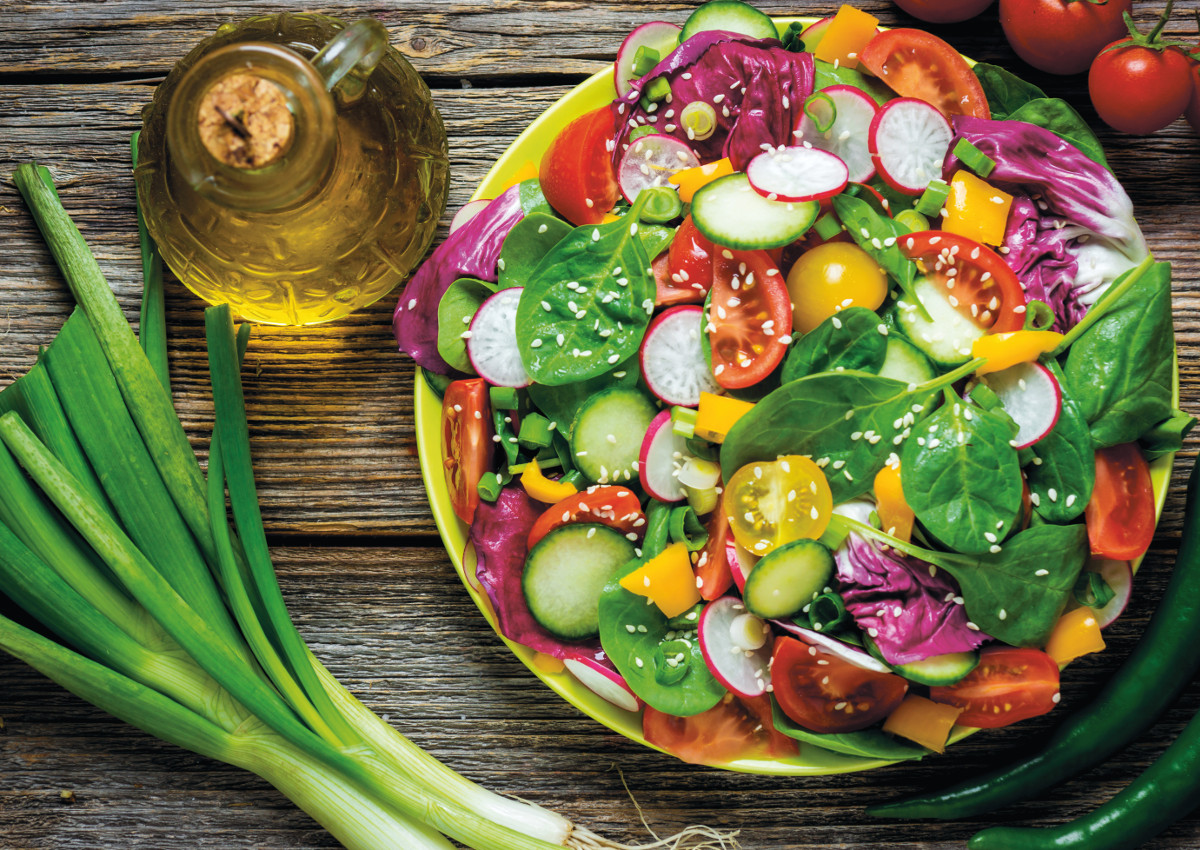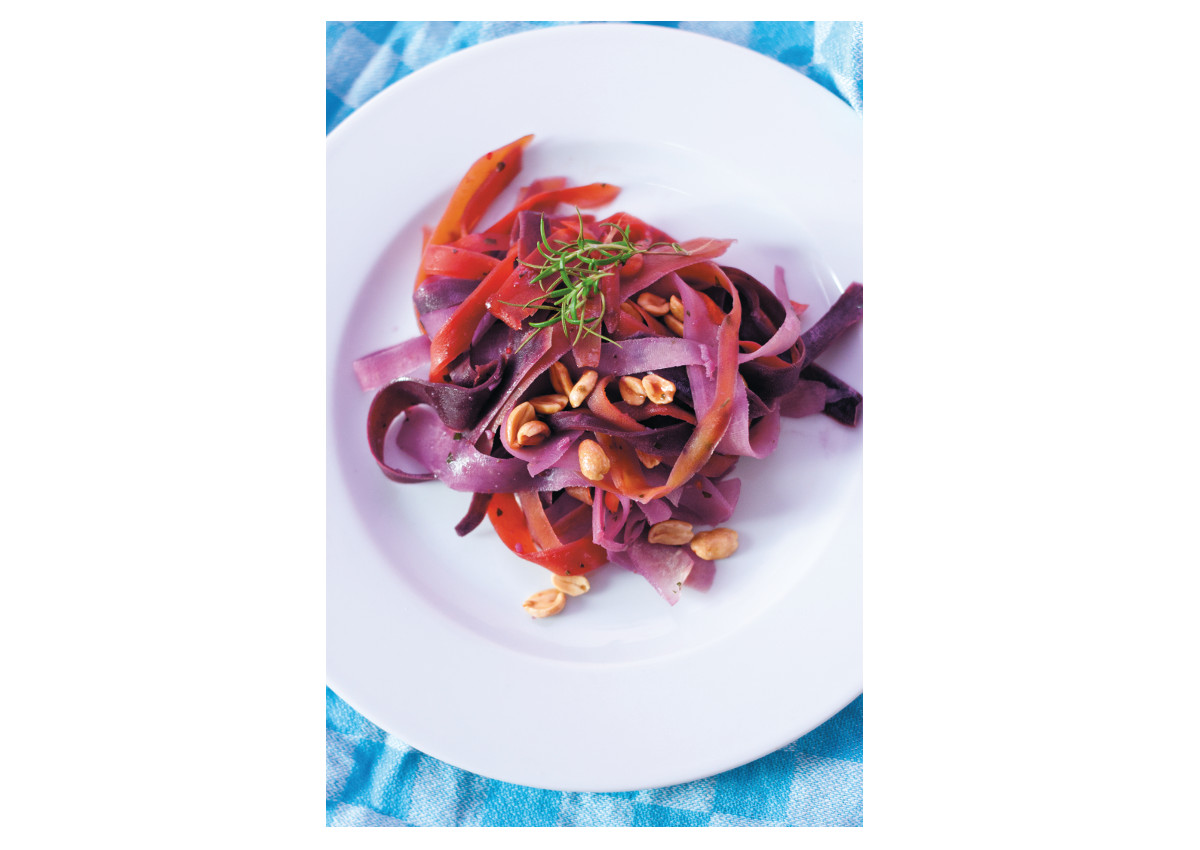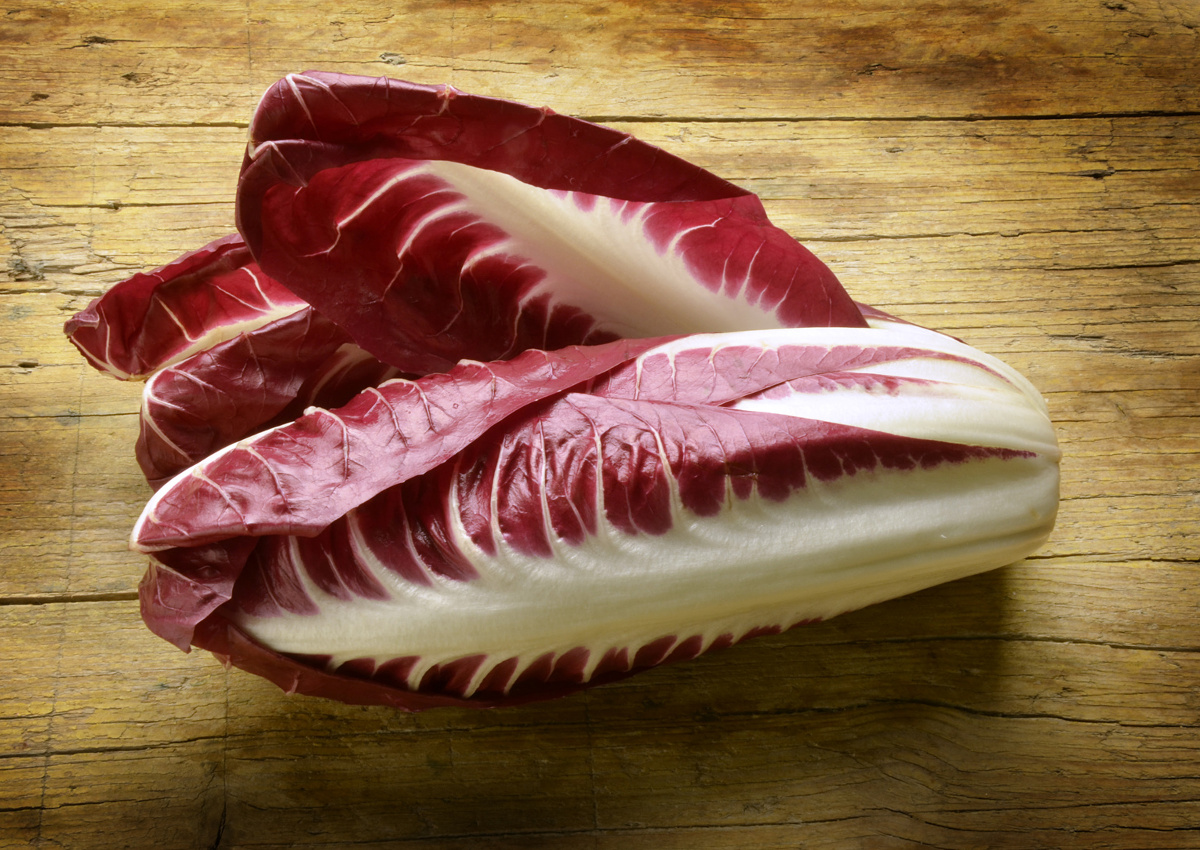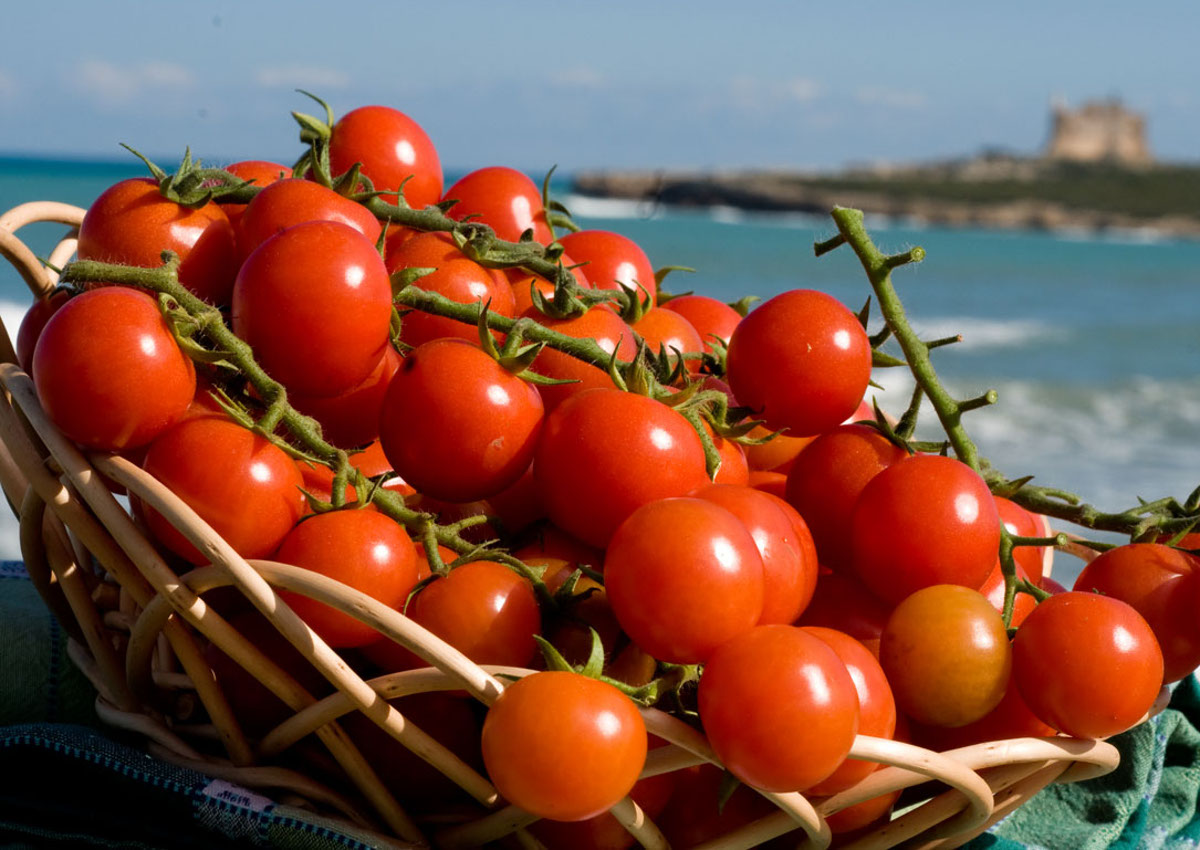
Being nutritious and colorful, fresh vegetables always attractively showcase themselves on the dining tables of Italians. Sometimes eaten as the only course, salads are especially craved during the summer season. However, they are also a sought-after side dish to accompany meat or fish dishes in the winter (forget the “Italian dressing”, mind you, which does not exist in Italy. What is used instead are extra virgin olive oil and salt, often with vinegar and sometimes with lemon).
Green for lettuce and baby leaf
These fourth-tier vegetables are practical, healthy, as well as relatively affordable, and thus, continue to meet consumers’ favours. The market for ready-to-use vegetables in Europe amounts to around three billion euro, and is driven in terms of value by the United Kingdom, followed by Italy (the Italian industry alone is worth one billion euro*). Along with this consumption style, baby leaf vegetables have established themselves as the perfect food to be brought from the field directly to the table, not requiring any type of effort on the consumer’s end.

Misticanza
This is not a variety in its own right, but a heterogeneous set of leafy vegetables. The Italian term “misticanza” derives from a dialect expression referring to a field-based dish, even if, commercially, it is marketed as a synonym for “mixed salad”. Misticanza is usually composed of different kinds of baby leaf vegetables – or of cut tufts of lettuce such as roquette, field salad, and radicchio.
Roquette
Eruca sativa, the “classic” plant of the Mediterranean area, has a slightly spicy flavour and is vastly used in the kitchen, stretching from first courses, to being served as raw or cooked side dishes, and as pizza toppings.
Baby spinach, lettuce, and field salad
Spinach and lettuce are typical baby leaf vegetables. They are harvested before the leaves have fully developed. The field salad (Valerianella locusta), on the other hand, is a fresh herb that has been lucky thanks to the development of the fourth tier market.
The Exotics
Tastes are volatile and consumers are becoming increasingly curious. As a consequence, more vegetables with exotic names, such as tatsoi (oriental variety of rapeseed) and mizuna, also known as Japanese mustard, are sprouting in Italian mixed salad bags.
The PGI Lusia salad
The Lusia salad is the only lettuce in Europe to have earned the PGI recognition for its deep bond with the territory between the rivers Adige and Po. It exists as the Cappuccia variety with wavy leaves, and the Gentile variety with jagged leaf edges.

Moving from white to red: radicchio
Radicchio, also known as “Italian chicory”, is the umbrella term for various chicory varieties, especially those with red leaves, white ribs, and a bitter taste. It is mainly cultivated in the Veneto region. Numerous varieties have been selected from here for centuries, some of which have been rewarded with the PGI label for their bond to the agro-food tradition of the area. Since there are early and late varieties, radicchio is practically available all year around. It is consumed both raw and cooked.
Radicchio of Chioggia, PGI
This radicchio variety, cultivated near the lagoon of Venice, is round-shaped and compact, and has wide red leaves with thin white ribs.
Red Radicchio of Treviso, PGI
This late-ripening variety is very valuable, as it is subject to special manual processing, with long-lasting immersions in resinous water. The pre-mature variety has a compact shape with broader and more open leaves. The famous risotto is just one of the countless possibilities for its preparation.
Variegated Radicchio of Castelfranco, PGI
Generated from the crossing with the endive salad, this radicchio variety has creamy white leaves with red spots, and is reminiscent of a rose.
Radicchio of Verona, PGI
It is oval-shaped, with broad leaves of an intense red colour and has white, regular ribs.
From green to blood red: tomatoes
Italy ranks first as tomato producer in Europe, and second after Spain for its cultivation of table tomatoes. There are many best-selling varieties, some of which have strong territorial connotations such as Camone, Di Belmonte, Costoluto fiorentino. There is no lack of PGI and PDO awards in this sector either.

Tomato of Pachino, PGI
Protected by the label, four varieties of PGI tomatoes of Pachino grow in the south-east of Sicily. These varieties are the vine tomato Ciliegino, which is a Pachino par excellence both in terms of flavour and nutritional properties. The Grappolo bears round and fleshy fruits that are perfect for both being cooked and eaten raw in a salad. The Costoluto is a winter variety, harvested when it begins to have a reddish colour. The Tondo Liscio is small, of an intense green colour, and particularly appreciated in foreign markets.
Pomodorino del Piennolo del Vesuvio, PDO
This tomato distinguishes itself through the characteristic tip at its lower end, and owes its particular flavour to the volcanic soil of the Vesuvius National Park. The term “Piennolo” derives from the mode of conservation, as the stalks are traditionally harvested in a single large vine.
Tomato of San Marzano dell’Agro Samese-Nocerino, PDO
Although it is not a typical table tomato, one cannot but mention San Marzano. Owing to its fleshy pulp it is ideal for being processed into sauces or into peeled products. The tomato of San Marzano dell’Agro Samese-Nocerino, PDO, is marketed as peeled and peeled quarters only by consortium companies.
